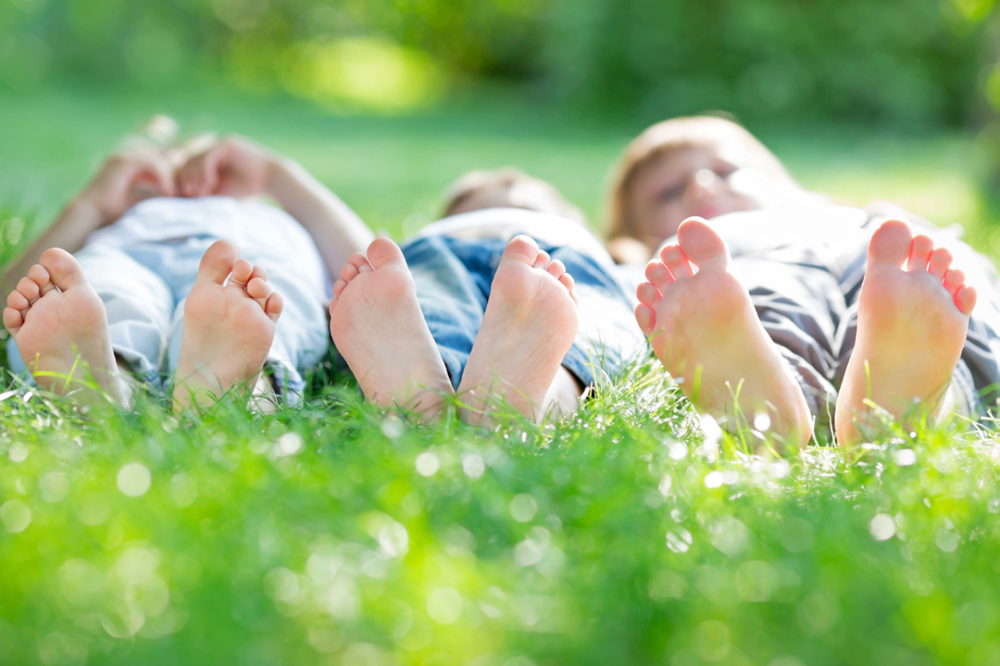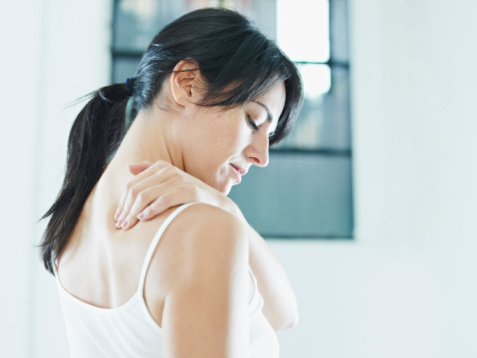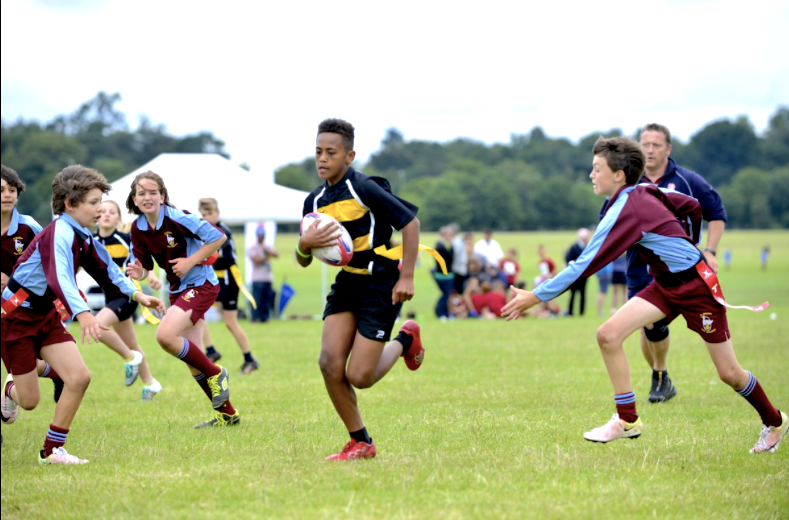2020: Hit the ground running….

| If you’re planning on hitting the road or treadmill in an effort to get fit in the new year or are simply trying to manage the Christmas excess; be sure to make sure you give yourself the best possible chance of avoiding injuries, aches and pains with these handy tips. We’ve also included a few ideas to help keep you on track over the coming months. If you haven’t run for some time or have had a relaxed exercise regime over the festive period, be sure to return to running slowly. Begin with a short easy route that you know you can run with ease. You’ll build confidence, endurance, and strength while keeping your muscles and joints healthy. During your initial runs, keep the run at an easy, conversational pace for six to eight weeks until you have a good running base established. As you feel more comfortable, increase pace cautiously and increase your mileage by no more than 10% per week. When looking to build fitness, it’s a good idea to add cross-training to your work out regime on the days when you are not running. This will help you increase endurance and build strength without over-stressing your joints and increase your risk of injury. Examples of good cross-training activities for runners include swimming, cycling, walking, strength training, Yoga and Pilates. Choose activities that you enjoy so that your program stays consistent. A dynamic warm-up and cool down inclusive of stretches will help reduce muscle strains and injuries and aid recovery. Be sure to warm up all the major muscle groups, especially the lower limb and posterior chain muscles. Short, tight muscles will fatigue quickly, reducing free, easy and comfortable strides. Lengthening tissues and encouraging blood supply early will also help to avoid the chances of cramp. Invest in a good pair of running trainers to aid neutral foot and ankle biomechanics, shock absorption and joint health. At the clinic, we’re a big fan of ‘On’ trainers, designed to mimic running ‘on clouds’. A Swiss-engineered brand making waves in the world of elite and recreational running, you can find out more here. Dress for the occasion. Much of today’s gear is created with a runner’s comfort in mind, such as sweat-wicking, cooling or heating, wind protection, chafe minimising, blister control…the list goes on. All of these features help you get from start to finish calmer and more collected so be sure to bear this in mind when planning on heading out. Don’t forget with these dark mornings and evenings the importance of reflective clothing to help keep you safe. They say the best things in life are free and we agree when it comes to a Park Run!! Simply turn up at your local Park Run for 9 am Saturday morning (be sure to register and take your bar code), for a free, timed 5km with like-minded individuals. Open to all, with a real mix of abilities; from elite runners to first-timers, dogs and buggies, you can be sure to start your weekend off to a fantastic start! Keep an eye out for members of the Body Mechanix Team at St Alban’s Verulam Park. Train with a buddy. Committing to a weekly session with a friend will hold you accountable to incorporating running into your routine regularly. Even better, look to find someone that’s a tad more experienced than you. Learn from them and listen to their story, as they may have gone through similar highs and lows as you. Training with a friend can make running feel less lonely and like you are more part of the global running community. Don’t forget to keep us updated here at Body Mechanix with all your 2020 aspirations! We look forward to helping you stay on track, injury-free and in the best possible shape to assist you in smashing all your 2020 health and fitness goals! Good luck! |




